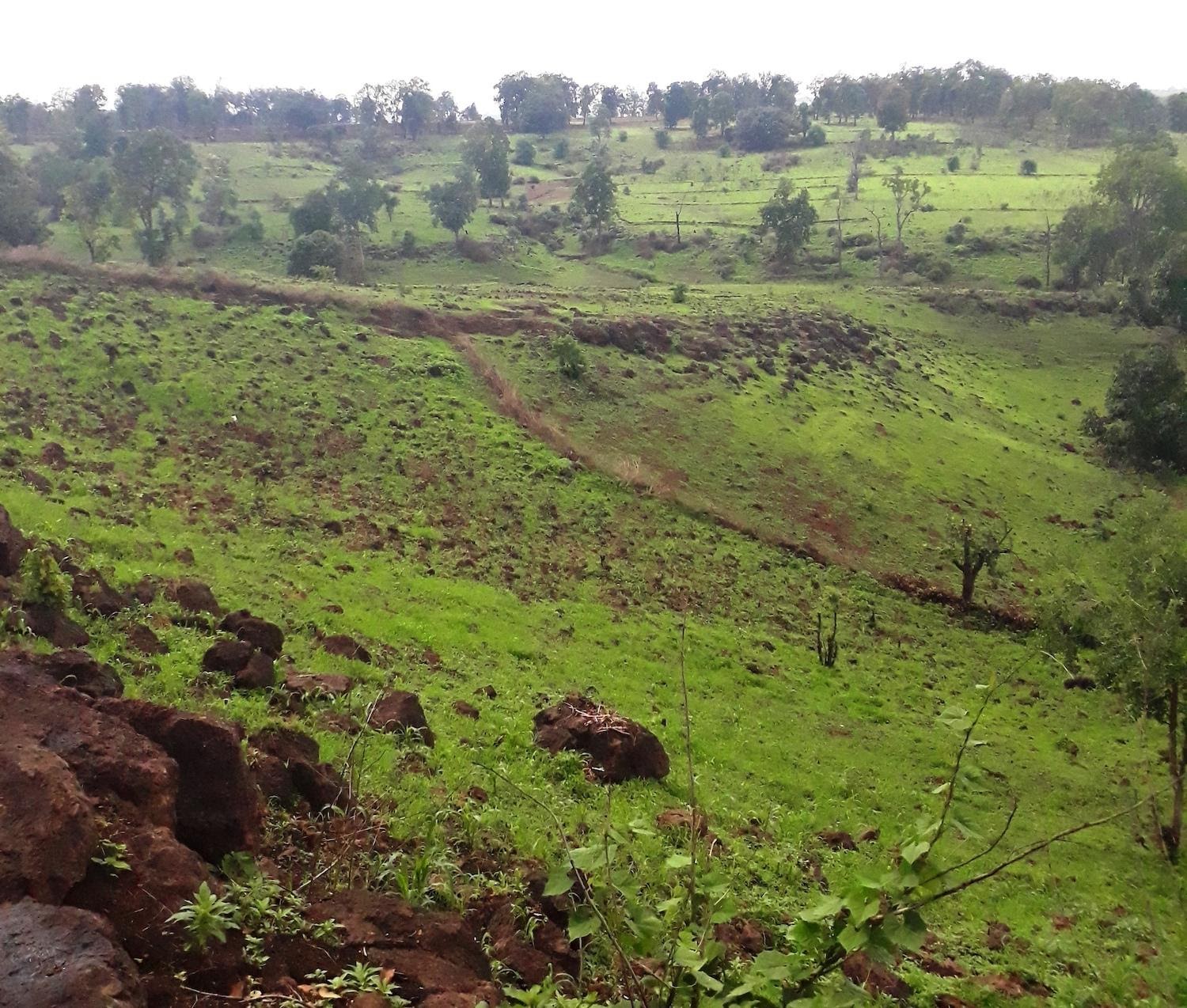The Baigas’ Resilient Alternative to Plantation Agriculture
Baigas say that many of their crops have vanished after bewar was made impossible
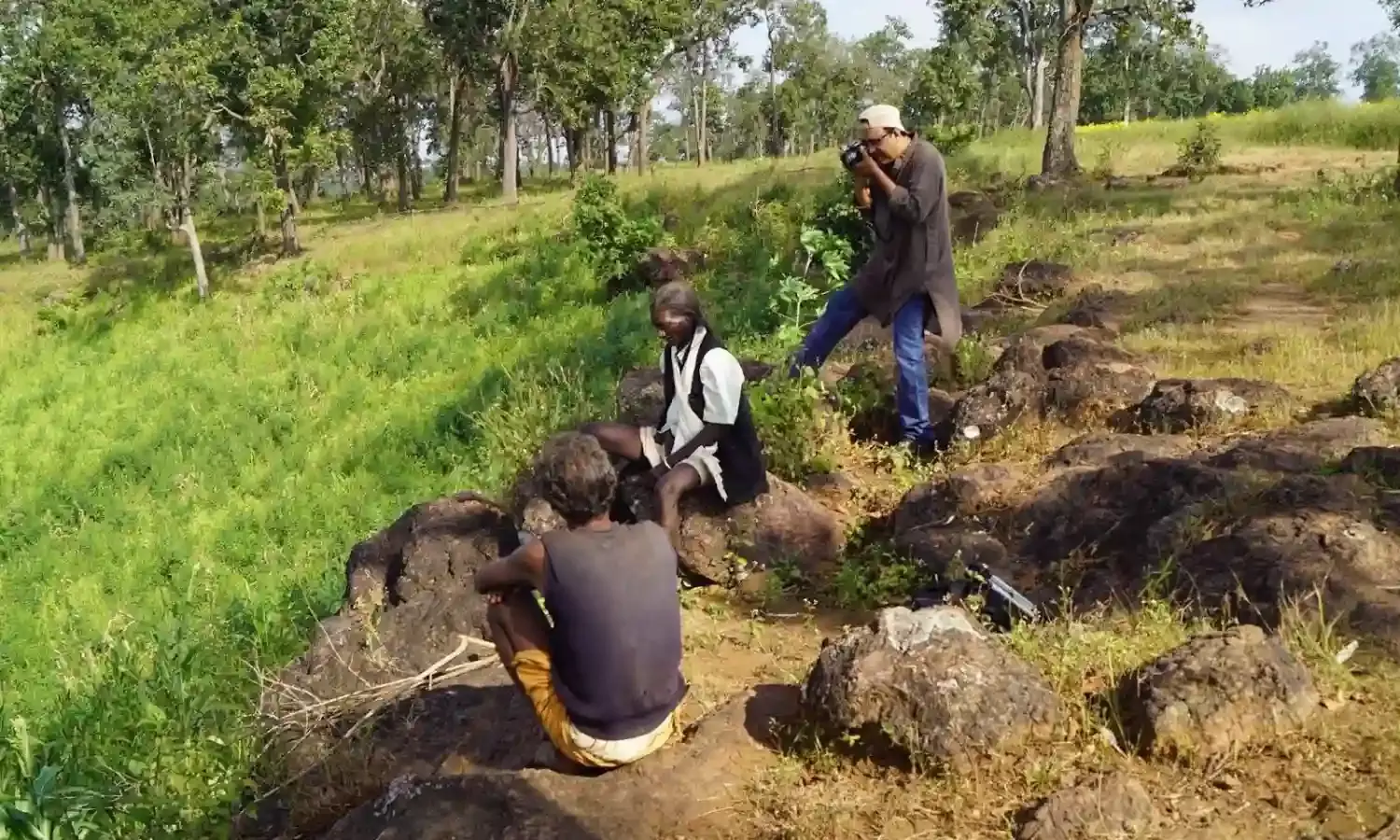
Naresh Biswas is a popular figure in the Baiga Chak area of Dindori district in Madhya Pradesh. Inhabited primarily by the Baigas, a particularly vulnerable tribal group (PVTG) of central India, Baiga Chak has 52 villages characterised by dense forests, rivulets locally known as jhirias, and hill slopes.
In this interior area Biswas has been working on the conservation of traditional seeds among the Adivasi population for the past 15 years. As part of his work he is also trying to revive bewar, an ancient method of shifting cultivation practised by Baigas in the uplands.
Biswas’ efforts have borne fruit. At present, 500 Baiga families across 25-30 villages of Dindori are practising bewar. Though many of them have bewar plots, they stopped doing it after indigenous seeds were vanished from the community. But bewar cultivation gained importance in a warming world where rainfall patterns are becoming erratic.
For centuries, the Baigas followed traditional methods of cultivation in hill slopes on plots sometimes even less than an acre. Every summer during the months of April-May they climb up the hills, clear accumulated undergrowth like lantana bushes and carry out controlled burning to prepare their plots for bewar during monsoon.
This type of farming, which is quite similar to jhum practised by communities in north-eastern India, is popularly called bewar in the Baiga-dominated areas of Madhya Pradesh and Chhattisgarh. Bewar plots are surrounded by dense forests and can support different types of crops such as pulses, oilseeds and millets. It is a miniature ecosystem on its own.
“Crops grown in bewar plots are nutritious. It is unfortunate that many Baigas left doing bewar. But a few continued due to the lack of other options. I worked hard on its promotion as it nurtures agro-biodiversity. For this reason, I collected and conserved many seeds which were gradually disappearing. Now, the area under bewar has increased considerably,” says Biswas.
The initiative was begun on a grand scale in the Anuppur district sharing a border with Dindori, and also to some extent in the Raigarh district of Chhattisgarh five years ago. According to Biswas, many PVTGs carry out bewar which involves no ploughing or tilling, but with slight differences between communities.
In Anuppur for instance, the Baigas started ploughing and tilling their bewar lands situated in less steep areas. For this, they removed the stones usually found in such plots.
Besides shortage of seeds, the promotion of paddy and wheat under the Green Revolution forced the Baigas to move away from bewar. Biswas added that a few outside organisations which started working with the Baigas also worked towards finishing it off.
“These NGOs had no idea about Baiga culture. Tribals here were told not to do bewar and instead land levelling work started for growing paddy and wheat. As a result, millets usually grown in bewar plots, along with pulses and oilseeds, failed to grow as these do not need much water and are suited for uplands.
“As people left bewar, seeds too vanished from Baiga homes. At one point of time, soybean cultivation gained precedence over small millets like kodo and kutki,” Biswas explains.
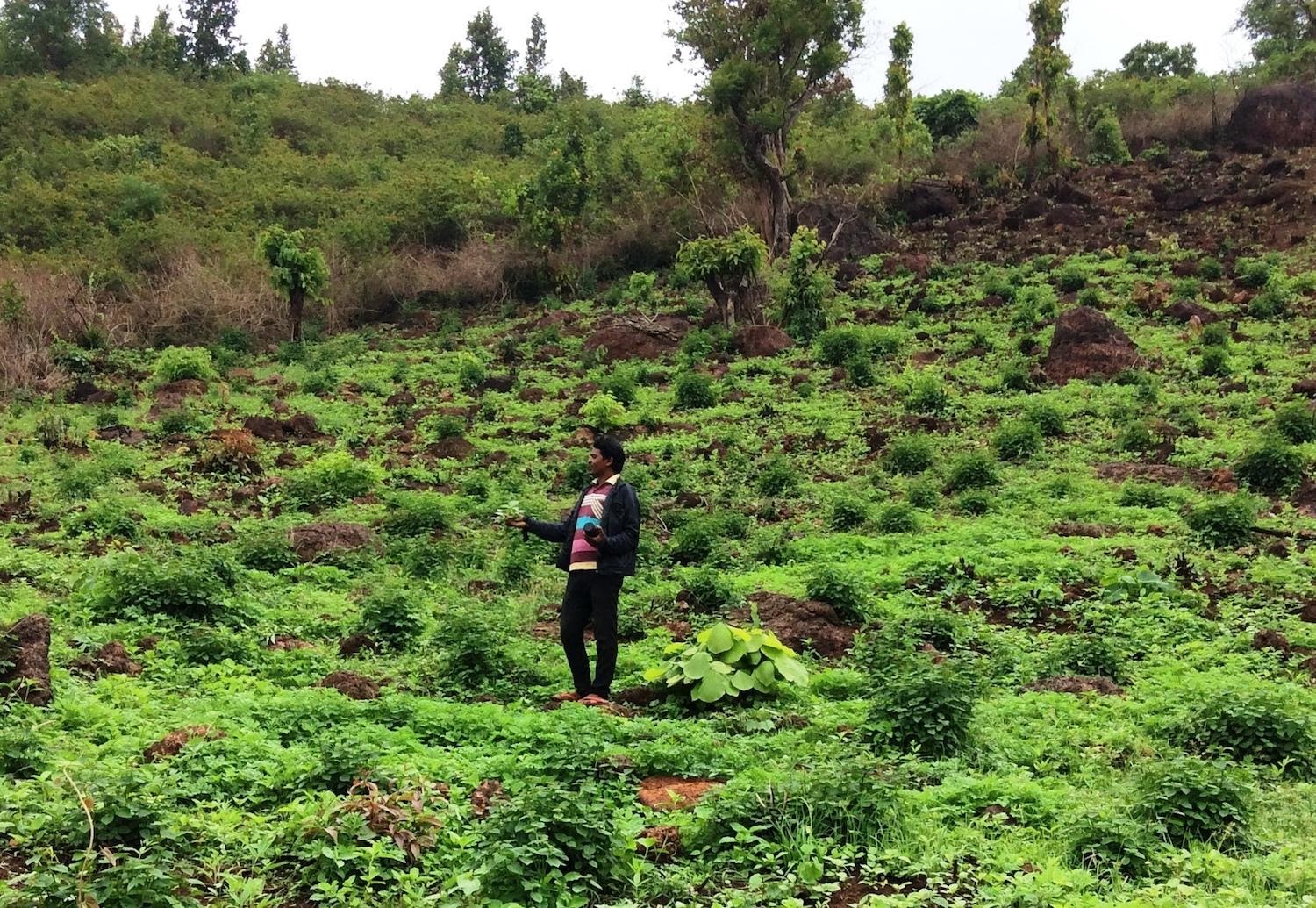
According to Biswas, many Baigas have realised that bewar plots do not support hybrid seeds. They tried to protect their plots, but under pressure the diversity declined, with few exceptions. He cites the example of Kunwar Singh Baiga from the Chapwar village of Dindori: the 50-year-old never left bewar.
Apart from Biswas, social worker Balwant Rahangdale based in Dindori has also worked on bewar promotion from 2015 to 2019 under the Sustainable Tribal Livelihood Project supported by the Nagpur-based National Institute of Women, Child and Youth Development. Under it, learning experimental plots were established in 11 villages of Baiga Chak across the Pipariya, Khamera and Bhanpur panchayats.
“As part of this, pulses, five types of cereals, three types of oilseeds and eight kinds of vegetables were promoted. The purpose was to see how extension of bewar can happen. Most bewar plots can hold about 24 varieties of crops in one place. Through the plots, many seeds like that of the salhar, a form of bajra, dongar kutki, kang and madiah millets and jowar were conserved,” says Rahangdale.
He added that bewar declined due to the lack of support from the agriculture department and the Krishi Vigyan Kendras. “It was discouraged as being harmful for the environment and that it led to tree felling. So, the forest department was also against it.”
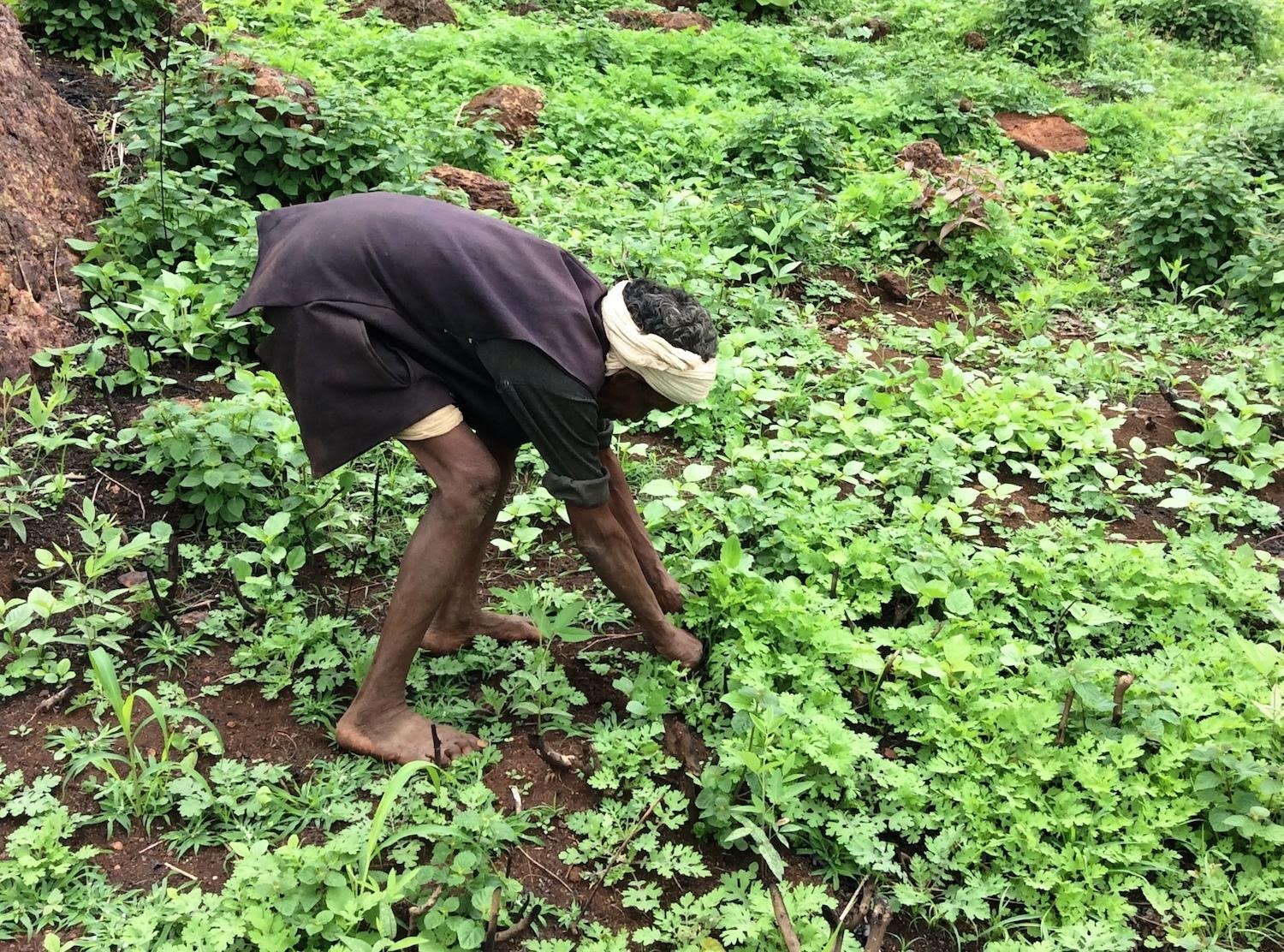
In neighbouring Chhattisgarh, Naresh Bunkar who works with Adivasis and is based in the Kabirdham district, is trying to revive bewar too.
“Many Baigas left it midway. So, I organised them in those places where they used to do it once upon a time and urged them to try again. I also requested them not to cut down large trees. Bewar seeds reduced considerably across Pandariya block in Kabirdham. In Aurapani gram panchayat in Bilaspur district, bewar cultivation also reduced.”
Bunkar adds that the Baigas are returning to bewar as it supports 15-16 types of nutritious crops. At present, however, only seven to eight types of crops are grown as many seeds have vanished.
To work on bewar plots, families leave their homes at dawn and return late in the evening. “As bewar plots are situated in areas where there are fresh streams, there is no dearth of water. I am still promoting bewar in eight panchayats of Pandariya block. As the forest department fears fires, I urge the Baigas to work on forest protection as well,” he explains.
Lamtu Singh Bagdariya from Bhursi Pakri in Kabirdham says that about 10 of 80-85 Baiga families in the village currently practise bewar. Many left it when the government stopped it in the 1970s.
Bagdariya, aged 63, adds that those who continue bewar do it on nominal plots of land, mainly growing oilseeds, kodo, kutki, maize and jowar.
When bewar was discouraged by the government, our people stopped saving seeds, pointed out Bagdariya, who is also the president of the local Baiga samiti and works on social issues.
“Baigas are also present in districts like Mungeli, Rajnandgaon and Bilaspur and in all these places bewar is on in a limited manner. Usually bewar plots are used for three years for making pits and then sowing seeds. After that we move on to newer plots and keep moving around from plot to plot,” says Bagdariya.
This year he has sown seeds of arhar, maize and jowar on 50 decimals of land. “As the plots have shrunk in size, we cannot grow 25-30 different types of crops anymore. For that, four to five acres are needed,” he says.
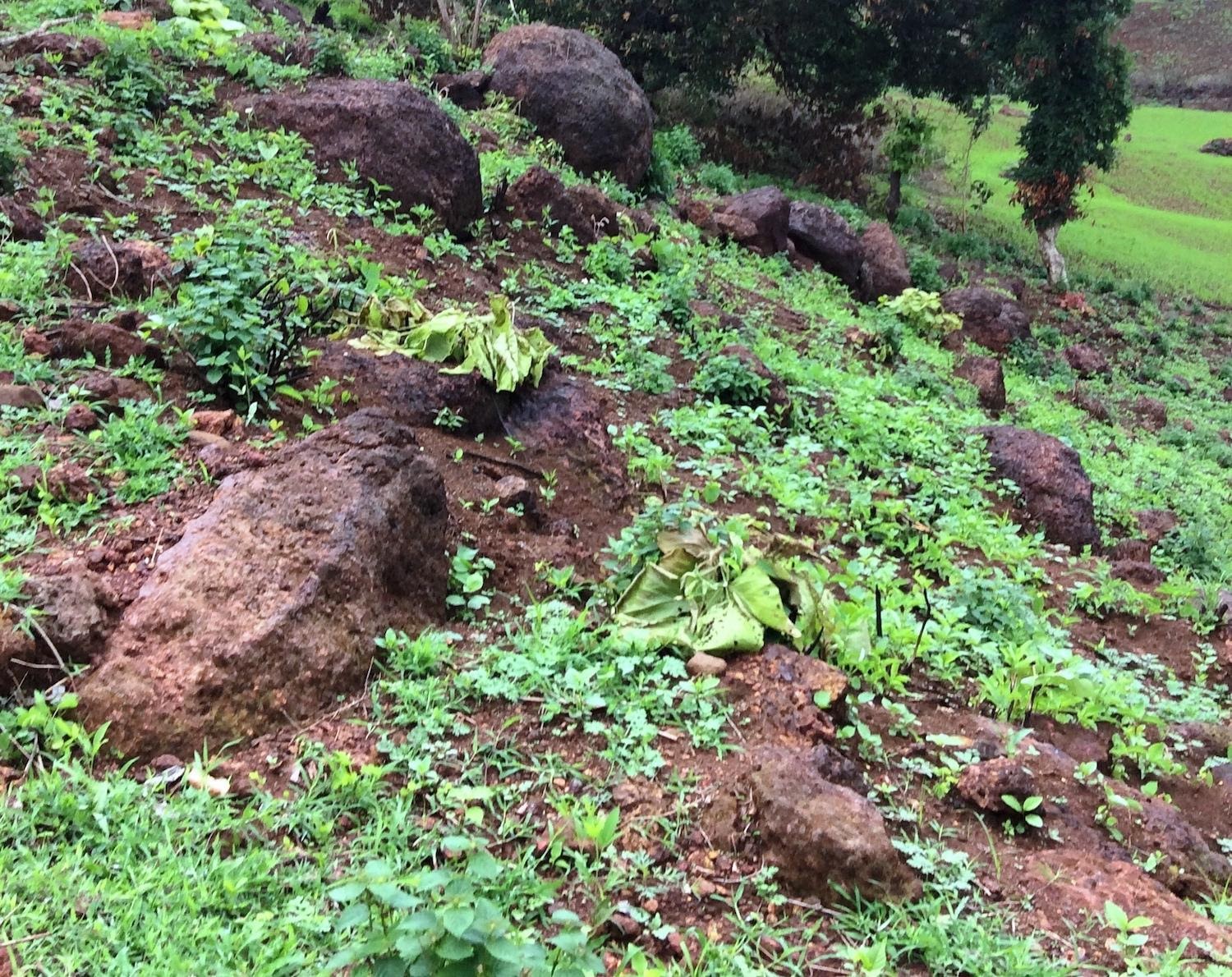
The president of the Baiga samiti explains that land preparation for bewar takes time. There is a bush called barahmasi and it spreads just like lantana. It has to be cut and burnt. But Bagdariya says that today Baigas set up barricades and try not to spread fires in the forest.
OP Dubey, an agriculture scientist based in Dindori, says bewar is only carried out in a localised area and that is why no work has been done on it by the agriculture department. “It is like jhum cultivation where many crops are sown together at a time. In Odisha and Chhattisgarh also, tribes do it like this.”
Dubey adds that it is reducing as the hills are being flattened for plantation farming. “These days, 40 to 60 percent Baigas are cultivating crops on plain lands. So, the government does not have any statistics on bewar. It is still on in small pockets.
“I do not favour it. It dates back to a time when people did not know much about farming. But today a lot of advancements have been made and so no point in continuing it,” Dubey believes.
But Baigas say that many of their crops have vanished after bewar was made impossible. According to Bagdariya, a crop called bhejra has come to an end. It looks like a round brinjal and is green in colour, he remembered fondly.
ML Jat, principal scientist and sustainable intensification strategy leader at the International Maize and Wheat Improvement Centre, points out another advantage of the bewar system.
It has diverse crops having different water and nutrient requirements, roots systems as well as different adaptation systems to climate risks. So, even in extreme climatic risks, farmers are assured of at least some crops if others fail.
“As long as it is not following the slash and burn method, it is environment friendly. In tribal areas, most of these practices are with the slash and burn in forest areas which is not good for the environment,” says Jat.
“Those who say such cultivation is good are talking based on ideal cycles of 15 years, but the shorter period of two to three years more in vogue now is counter-productive to soil,” he adds.
“Burning lantana and undergrowth vegetation is not good for the soil and leads to soil erosion in case of heavy rains in uplands. However, as tribal farmers have been doing it since ages, hence, there are a lot of cultural, social and behavioural issues at play. All said and done, bewar is a resilient form of cultivation.”
